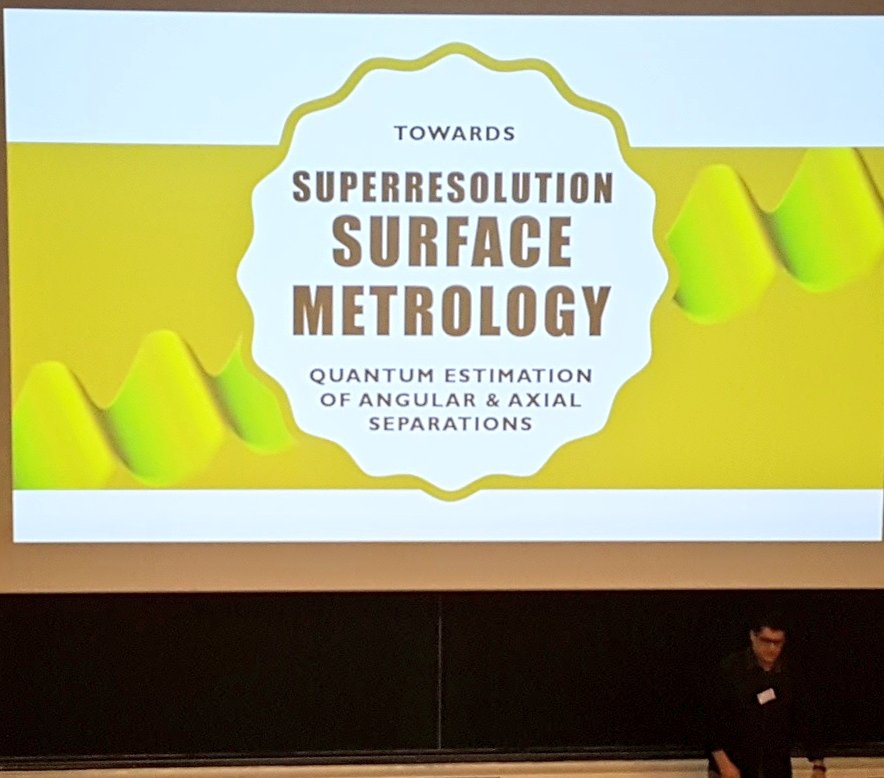
Chercheur en info quantique, exprimant ses propres opinions.
Researcher in quantum information, expressing my own opinions.
How to get URL link on X (Twitter) App


 @GerardoAdesso @UniofNottingham .@GerardoAdesso teh curs of Raygleigh criterion for high resolution imaging: “two point sources can be resolved by direct imaging if their separation is at least of the order of the width of their point spread function in the image plane”
@GerardoAdesso @UniofNottingham .@GerardoAdesso teh curs of Raygleigh criterion for high resolution imaging: “two point sources can be resolved by direct imaging if their separation is at least of the order of the width of their point spread function in the image plane”